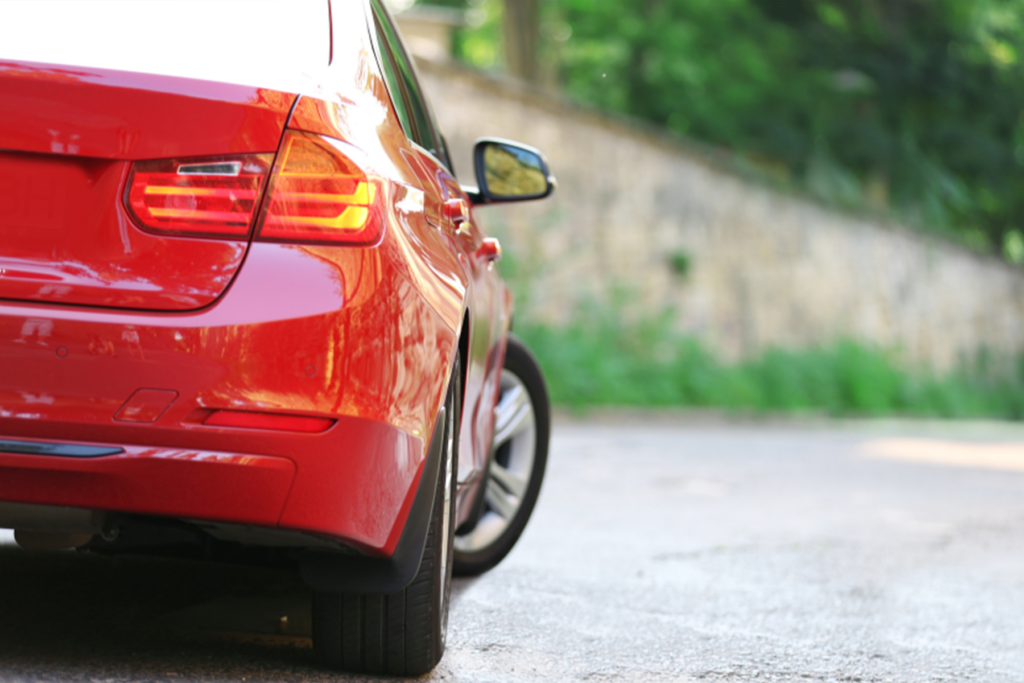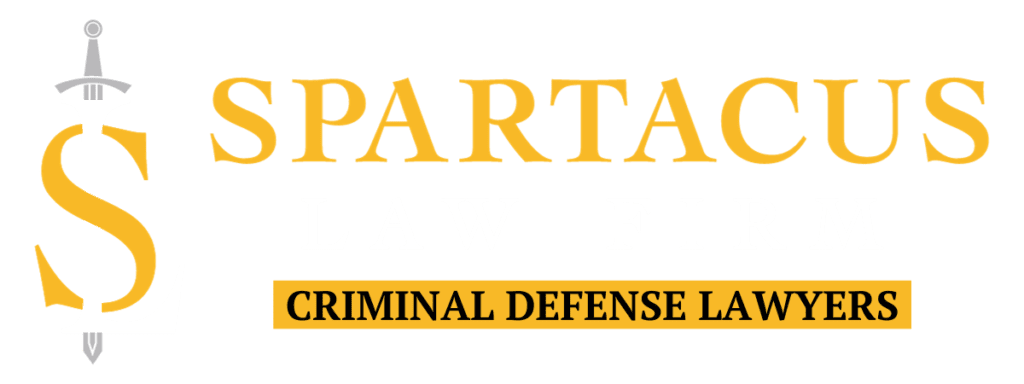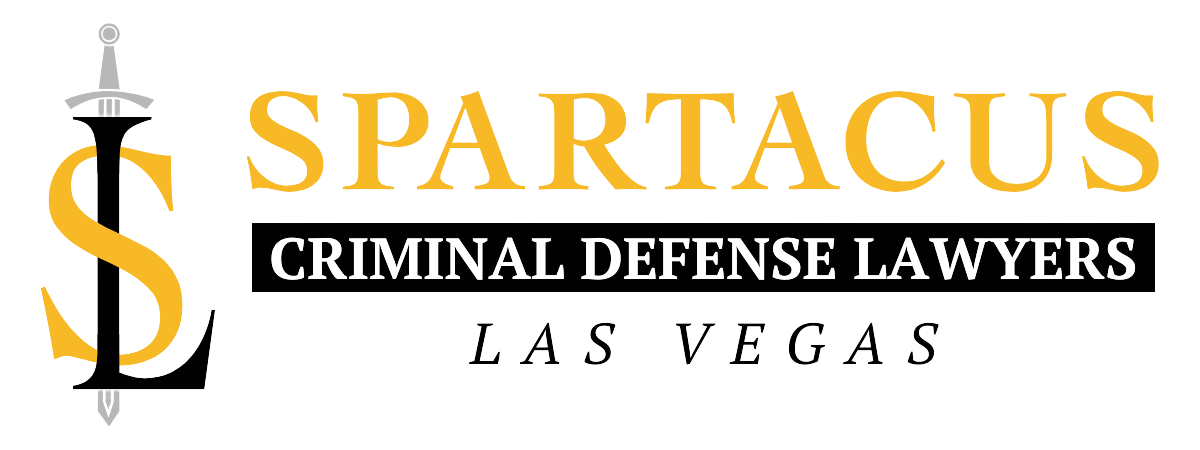Las Vegas Drug DUI Attorney
Other Practice Areas
Contact Us
Driving Under The Influence Of Drugs In Nevada
Table of Contents
ToggleElements of Driving Under The Influence Of Drugs (DUID) In Nevada
A conviction for driving under the influence of a prohibited substance under NRS 484C.110 (3) requires the State to prove that a person (1) drove or was in “actual physical control of a vehicle on a highway or on premises to which the public has access,” (2) with an amount of a prohibited substance in his or her blood or urine, (3) that is equal to or greater than an amount of the prohibited substance found in NRS 484C.110 (3) see the chart listed below for reference.
NRS 484C.110 (2) alternatively allows for a conviction where the person is under the influence of a controlled substance.
Nevada’s Driving Under The Influence Of Drugs Per Se Violation
Nevada is one of a handful of states that has per se laws on the books. Nevada laws regarding driving under the influence of drugs is “tougher” than many other states in regards to its DUI/DUID laws.
NRS 484.110 (3) dictates that it is per se unlawful to drive with certain amounts of marijuana and illegal substances in your system (see reference chart below). NRS 484.110 (3) creates a per se violation if you have a certain amount of a substance in your blood at the time of testing. Therefore, a per se conviction does not require proof that the driver was actually impaired at the time they were driving if they have a certain amount of a specified substance in their system.
NRS 484C.110 (3) makes it unlawful and a per se violation for any person to drive or be in actual physical control of a vehicle on a highway or on premises to which the public has access with an amount of any of the following prohibited substances in his or her blood or urine that is equal to or greater than:


Can The Element Of Driving Or Being In Actual Physical Control Of A Vehicle Be Inferred?
Do I Have To Submit To A Blood Test If I Am Detained For Driving Under The Influence Of Drugs?
No. Before 2013, the police were able to force a blood draw under Nevada’s implied consent laws. In Missouri v. McNeely, 569 US 141 (2013), the United States Supreme Court addressed states implied consent laws head-on and ruled that the police can no longer force driving under the influence suspects to give a blood sample, unless they have a search warrant. The Nevada Supreme Courts decision in Byars v. State, 130 Nev. 848 (2014) made the McNeely decision applicable for someone under the suspicion of driving under the influence of drugs as well as alcohol.
The implied consent provision in NRS 484C.160(1) does not overcome the statute’s infirmity because the statute does not allow a driver to withdraw consent, thus a driver’s so-called consent cannot be considered voluntary. Byars v. State, 130 Nev. 848 (2014).
Please note that it is “normal procedure” in critical accident cases to request that a driver submit to a consensual blood draw. While Nevada imposes harsh punishment on those who are arrested for a DUI and refuse to consent to a blood draw, therefore requiring officers to seek a warrant, see NRS 484C.210(1)(a); Schroeder v. State, Dep’t of Motor Vehicles & Pub. Safety, 105 Nev. 179, 182, 772 P.2d 1278, 1280 (1989), these consequences require the existence of probable cause. In other words, law enforcement must show some probable cause for a blood draw beyond the fact that you were involved in a critical accident.
Who Can Draw My Blood?
Can I Be Convicted Of Driving Under The Influence Of Drugs If I Have A Medical Prescription?
The short answer is yes. Even if you have a valid medical prescription, it is still illegal to drive while impaired. If you are caught driving while under the influence of medication you can be convicted of a DUID in Nevada. It is often the case that a person will show signs of impairment but when they “blow” into the portable breathalyzer test, the test preliminary breath test results (PBT) come back as negative. This signals the arresting officer that drugs may be the source of impairment.
At this point, the officer may call for a drug recognition expert to conduct the investigation. At this point, you will be asked to submit to a blood test.
Can I Lose My Job If I Am Convicted Of A DUI Or Driving Under The Influence Of Drugs?
If you are a Nevada state employee and were driving at the time of the offense the answer is yes. The State of Nevada has a policy statement regarding a drug free and/or alcohol-free workplace which reads as follows:
“Any State employee who is convicted of driving under the influence in violation of NRS 484.379 or of any other offense for which driving under the influence is an element of the offense is subject to discipline up to and including termination if the offense occured while he was driving a State vehicle or a privately owned vehicle on State business.”
How Long Can I Be Detained In The Detention Center If I Am Arrested For A DUI?
What Are The Penalties For Driving Under The Influence Of Drugs?
If this is a first-time offense you are subject to a six-month jail sentence for a conviction involving DUI or Driving Under the Influence of Drugs (DUID).
Generally, that sentence is suspended, but you will have to pay fines, attend a victim impact panel, attend DUI school, and you are subject to license suspension.
Please see our articles for DUI Administrative Hearings for information regarding license suspensions, and see our articles for DUI second offense and third offense for information regarding enhanced penalties for successive convictions. The penalties for Driving Under The Influence Of Drugs generally mirror the penalties for a DUI conviction.

Defenses To Driving Under The Influence Of Drugs
The defenses asserted to fight the charges of a DUID charge will always be fact dependent and you should contact a qualified defense trial attorney as soon as possible after being arrested to determine the options available to you to defend yourself.
1. The Stop Was Illegal
One of the primary ways to get a DUID charge dismissed is challenging the traffic stop. The prosecutor must meet their burden of proof to show that the officer had a “reasonable articulable suspicion” to make a traffic stop. Most arrests for DUID involve a minor traffic violation as the objective foundation for making a traffic stop. Common traffic violations include speeding, changing lanes without signaling, swerving, expired vehicle registration, and so on.
In all criminal cases, the State has the burden to prove that all evidence was obtained lawfully and in compliance with the Fourth Amendment of the United States Constitution. The Fourth Amendment protects individuals from unreasonable searches and seizures. A police officer cannot stop a motorist based on a hunch. It is not a crime to drive a vehicle late at night or for simply leaving a bar. Often times the police will situate themselves close to local bars and restaurants. The police have to demonstrate an objective reason why they made a traffic stop to justify any subsequent seizure or evidence obtained, including a blood sample.
Note the example in State v. Rincon, 122 Nev. 1170 (2006), where an officer saw defendant’s vehicle traveling almost 20 miles under the posted speed limit. The vehicle was stopped, and the officer immediately smelled alcohol. Rincon was arrested for driving under the influence of alcohol. After his motion to suppress evidence was granted, the State sought review. In vacating the decision, the Nevada Supreme Court determined that the fact that a motorist was driving slowly did not, by itself, create a reasonable suspicion justifying an investigative stop under the Fourth Amendment and Nev. Const. art. I, § 18. There had to be additional indicia of erratic driving or unusual behavior before a reasonable suspicion arose justifying an investigative stop. Where no reasonable suspicion existed, an inquiry stop could have been justified under the community caretaking doctrine when a police officer had an objectively reasonable belief that a slow driver was in need of emergency assistance.
2. The Blood Test Is Inaccurate
Blood tests are generally more reliable than breath tests and breath tests can not detect drugs or controlled substances. Therefore, in a DUID case a blood or urine sample must be obtained. There are a number of issues that can make a blood test result unreliable:
- The swab used to cleanse the skin prior to the blood draw contained alcohol and contaminated the sample;
- The presence of clots in the blood sample artificially increased the reported alcohol concentration;
- Improper package and storage of the blood caused the development of yeast (Candida albican,) artificially increasing the reported alcohol concentration (fermentation);
- The State has not demonstrated that the gray top blood tubes used to draw the blood contained the proper chemicals to ensure a valid analysis;
- Serum and plasma have higher alcohol contents than whole blood. Because BAC is measured in terms of whole blood, the serum and plasma results are misleading;
- The blood testing instrument measured and reported something other than ethyl alcohol and this artificially increased the reported BAC;
- The tubes used to collect the blood were expired, so the results cannot be trusted.
- The blood sample was obtained more than two hours after the stop or accident.
3. The Officer Had A Custodial interrogation Without The Suspect Being Read Miranda Rights
If you were subject to custodial interrogation without being read your Miranda rights any incriminating statements should be excluded and suppressed.
4. No Proof Of Being In Physical Control Of A Vehicle
If you were in your vehicle while it was parked or if you were in an accident but no one witnessed you driving, the element of being physically in control of your vehicle will be a challenge for the prosecution.
5. Police Misconduct
Law enforcement misconduct can cause a charge of driving under the influence of drugs (DUID) to be dismissed or key evidence may be suppressed if proper police procedures were not followed, regardless of whether you were under the influence of an intoxicating substance or not.
Some examples of misconduct include:
- Inaccuracies, errors, or missing information in the police report.
- Law enforcement not proffering truthful testimony in court.
- Manipulated evidence. Evidence was illegally obtained, or the evidence has been fabricated in some fashion.
6. Prosecutorial Misconduct
In Anderson v. State, 121 Nev. 511 (2005), the defendant argued, among other things, that the prosecution rendered his trial fundamentally unfair by appealing to the jurors’ civic duty while preying on their fears, vouching for the veracity of State witnesses, personally voicing opinions concerning the credibility of defense witnesses, attempting to shift the burden of proof, and impliedly referring to defendant’s exercise of his right to remain silent. The court concluded the prosecutorial misconduct committed in this case warranted plain error review because it affected defendant’s substantial rights. Having determined that the error was plain, the court also concluded that the error affected defendant’s substantial rights, thus compelling reversal. None of the prosecutor’s arguments were “passing” in nature. Rather, they composed the heart of the State’s views of the case and defendant. Second, while the evidence was otherwise sufficient to sustain a conviction, that evidence was not overwhelming. Finally, the polemics of the prosecutor clearly changed the focus of the case to his personal views, not the evidence. Thus, defendant satisfied the final leg of a plain error analysis, actual prejudice.
The judgment of conviction was reversed, and the matter was remanded for a new trial.
7. Excluded Testimonies
Can I Be Charged With A DUID If I Did Not Know I Was Impaired Or Under The Influence?
Las Vegas Metropolitan Police Department Sobriety Checkpoints
In 2021 the Las Vegas Metropolitan Police Department has dome away with DUI checkpoints.
“Instead of going out and fishing, we wanted to go out and be hunters,” said Metropolitan Police Department Lt. Bret Ficklin. “We want to take an active, proactive approach to find DUI drivers. We’re sending resources around the whole area and actively look for DUI drivers.”
The DUI “strike team” utilizes what they reference as a “targeted blitz,” usually picking one Saturday every month and sending out up to 70 officers to target that area. They can pick other nights, for example, during the super bowl they picked a Sunday night to target impaired drivers.

Understanding First, Second & Third DUID Penalties
1st DUID Offense
2nd DUI or DUID Offense
3rd DUI or DUID Offense
What Will Happen To My Drivers License?
Drivers who are suspected of driving under the influence of drugs (DUID) will have a blood test taken to determine impairment. Therefore, a suspension of your license will not occur until the results of the blood sample are determined. This process usually takes several months. You will receive a registered letter from the DMV advising you that your license will be suspended. This notice has instructions on how to request an administrative hearing. Your license will not be suspended until an adjudication of the DMV administrative hearing.
The licensee will lose his or her license for a first offense DUID for a period of 90 days. The licensee, will be eligible to receive a restricted license to drive to work, school, medical appointments, etc., after 45 days of the suspension.
For a second offense DUI or DUID within seven years the licensee is subject to a one-year suspension.
For a third-offense DUI or DUID within seven years or another felony DUI or DUID the licensee is subject to a 3-year suspension, though you may be able to drive with the application of a vehicle interlock device after one year. NRS 483.460 Please review our article on Nevada DMV Administrative Hearings for more information.
Alternative Sentencing
If you are facing a first or second-time DUID you may be eligible for Misdemeanor Drug Court which is also called the moderate offenders program.
Under Nev. Rev. Stat. § 484C.340, a defendant who pleads guilty or nolo contendere to his first felony driving under the influence (DUI) that is punishable under Nev. Rev. Stat. § 484C.400(1)(c) may apply to the court to undergo a program of treatment for alcoholism or drug abuse. The State may request a hearing on the matter and present the court with any relevant evidence. Nev. Rev. Stat. § 484C.340(2), (3). The court has discretion to deny the application and sentence the defendant pursuant to Nev. Rev. Stat. § 484C.400(1)(c). Nev. Rev. Stat. § 484C.340(1), (4).
If a defendant completes the treatment satisfactorily, the district court will enter a judgment of conviction for a second-offense DUI, a misdemeanor, under Nev. Rev. Stat. § 484C.400. Nev. Rev. Stat. § 484C.340(4)(b)(3); Nev. Rev. Stat. § 484C.400(1)(b). But if a defendant is not accepted for treatment, fails to satisfactorily complete treatment, or violates a court-imposed condition, the court will enter a judgment of conviction and sentence the defendant to prison time consistent with Nev. Rev. Stat. § 484C.400(1)(c) for a felony DUI. Nev. Rev. Stat. § 484C.340(4)(b)(2), (5)(b).
The possibility of entering an alcohol treatment program provided in Nev. Rev. Stat. § 484C.340 is a form of leniency that is available in exchange for a plea of guilty or nolo contendere and is not an unconstitutional penalty for refusing to enter such a plea or a burden on the exercise of constitutional rights.
Nev. Rev. Stat. § 484C.340 offers a benefit to defendants charged with felony DUI who plead guilty that is not available to defendants who insist on going to trial. However, this distinction does not turn Nev. Rev. Stat. § 484C.340 into an unconstitutional burden on the exercise of the right to a jury trial.
All defendants charged with felony DUI under Nev. Rev. Stat. § 484C.400(1)(c) have the same choice. Those choosing to proceed to trial face a certainty of prison time if convicted, but they may be acquitted instead. Those choosing to enter a plea of guilty or nolo contendere forgo the possibility of an acquittal and face the same prison sentence, but they gain the possibility of leniency in the form of diversion to a treatment program.
When Can I Get My Record Sealed For A DUID?
Nevada does not allow for record expungements, the only option to erase the criminal history is to have the record sealed.
A first or second DUID can be sealed after seven years after the case is closed NRS 179.245.
DUID reduced to a reckless driving can be sealed one year after the case is closed NRS 179.245.
Cases that are dismissed can be sealed immediately.
A third time DUI or DUID conviction can not be sealed NRS 179.245 and NRS 179.255.


